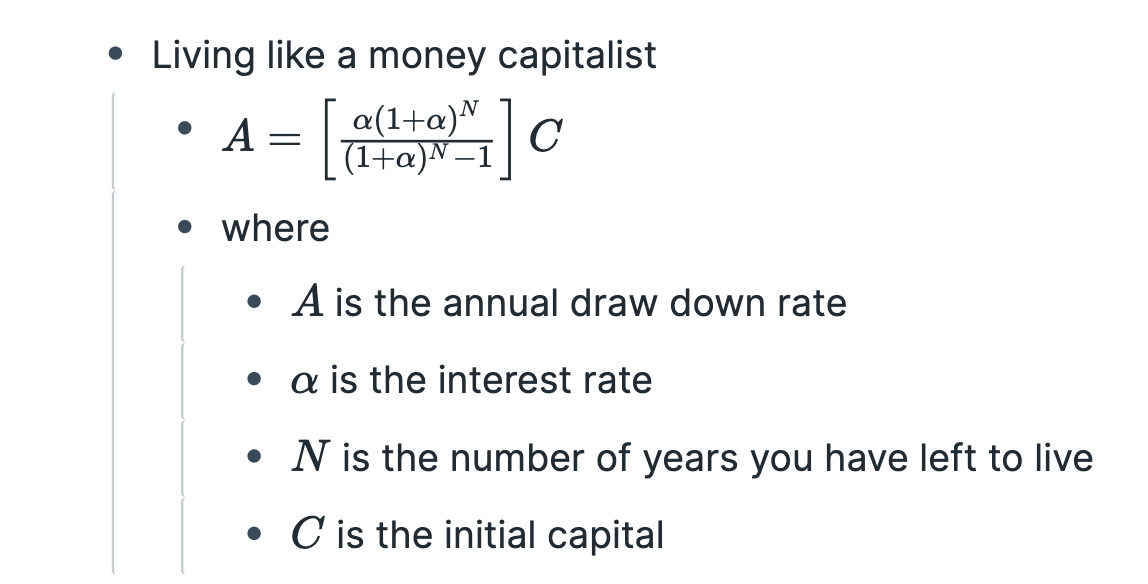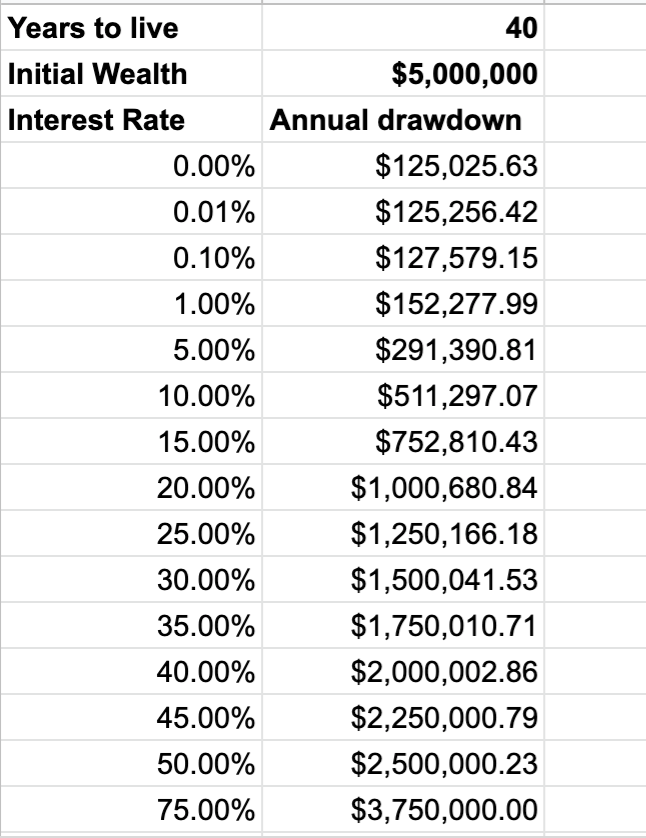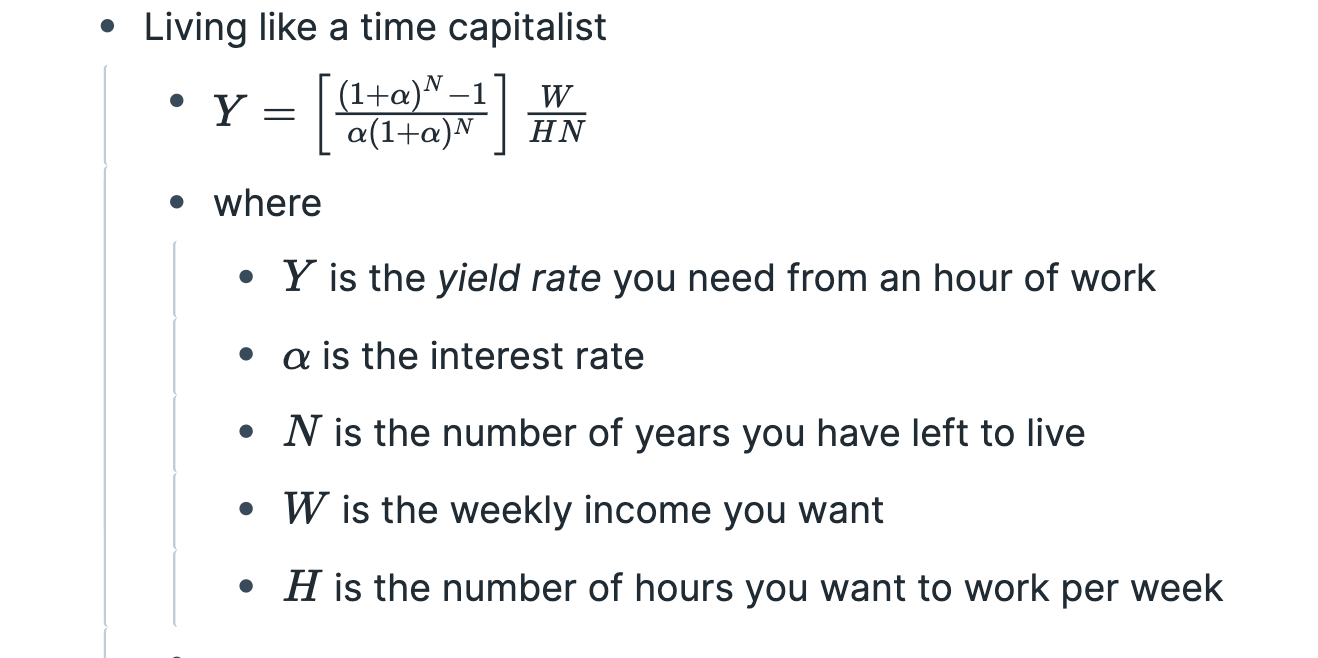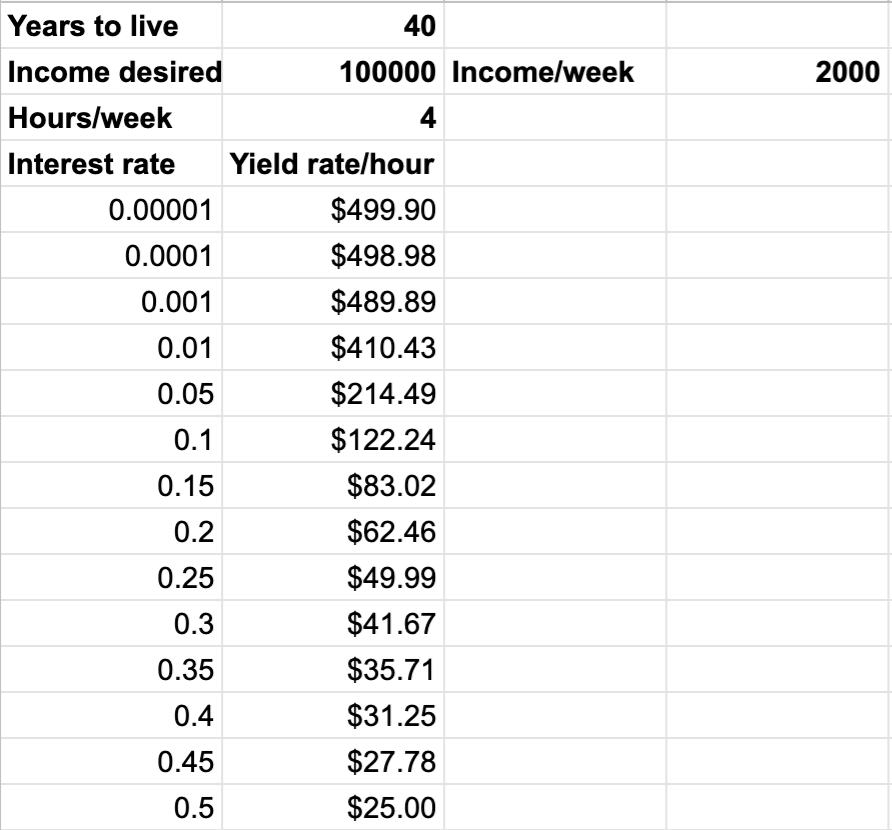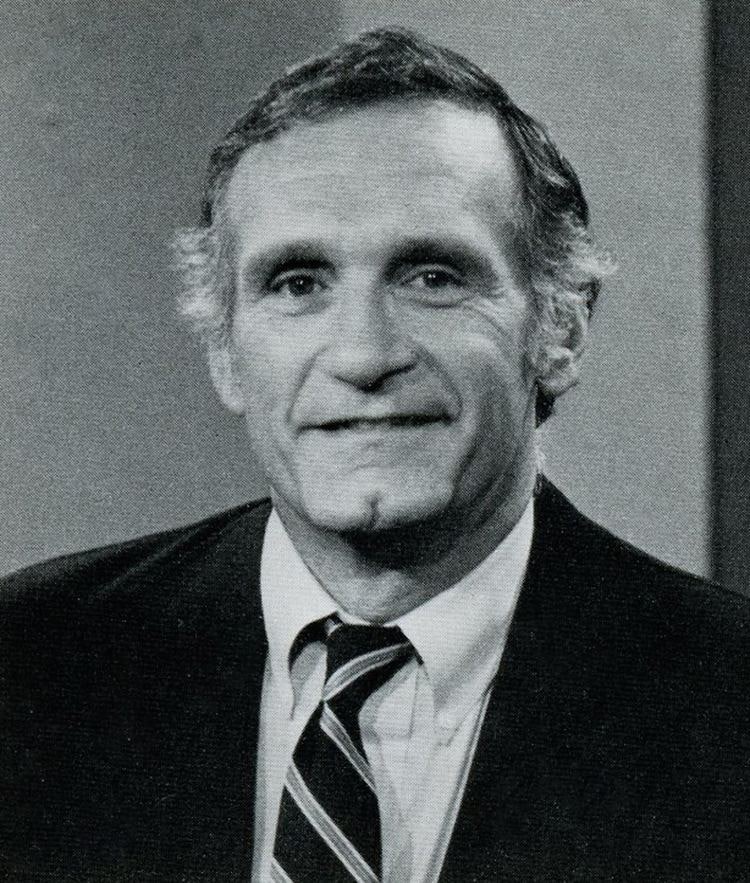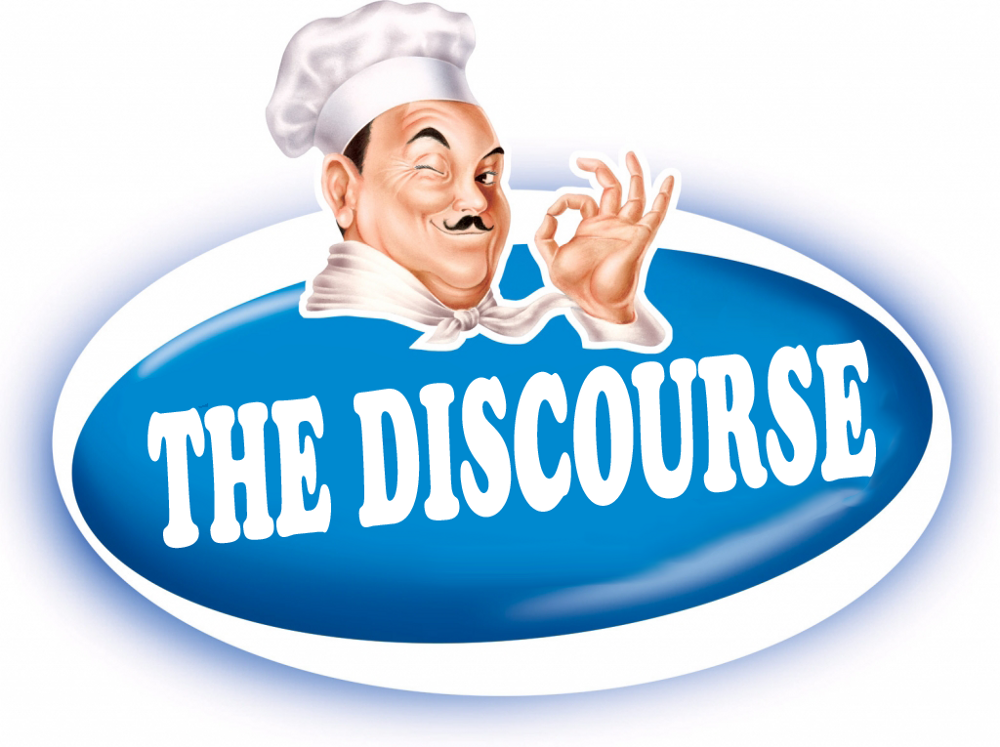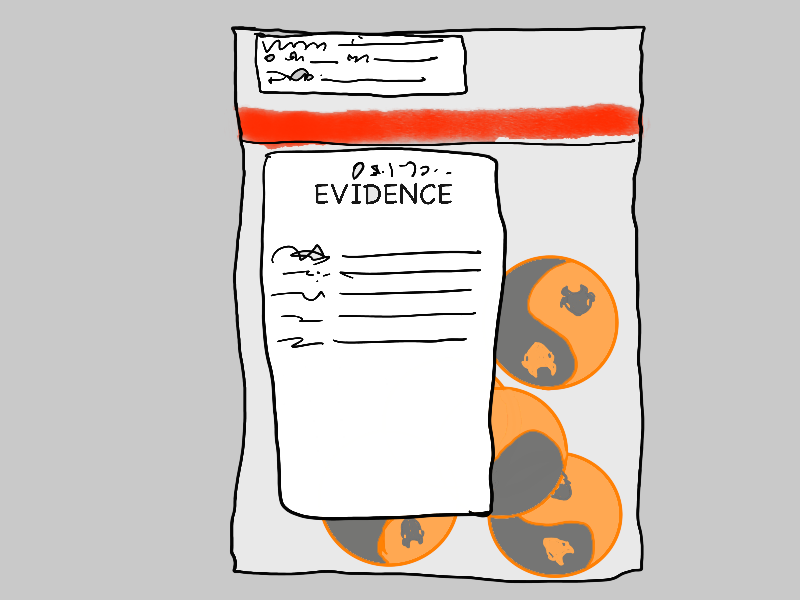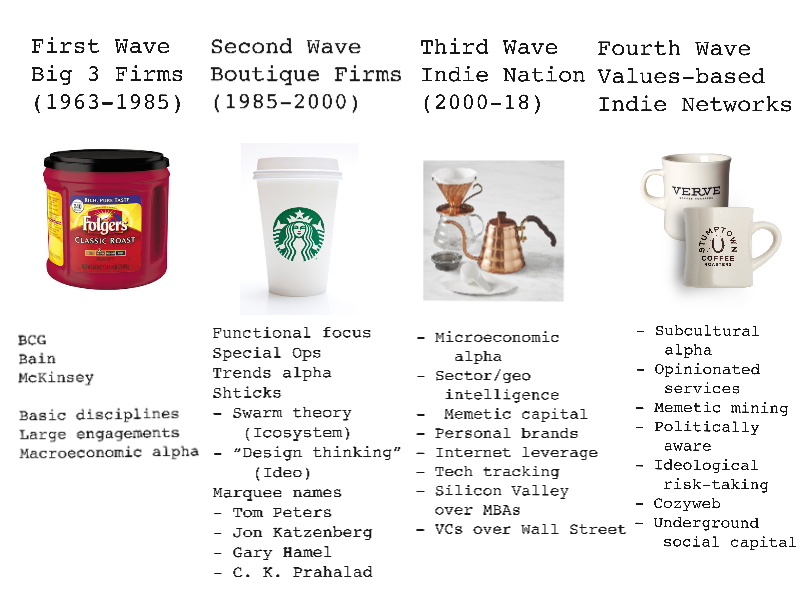A reader (I’ll call them X), asked me for advice on a broad situation, concerning someone close to them who is relatively new to the indie game, which I think is of general interest. My summary, generalized version of X’s question is:
Why can’t they see that I have the solution to their problem?
Clearly, if you can answer this question effectively, you’ll make changes in how you position, present, and market yourself, which will result in more leads, which in turn will lead to more gigs, and to you living happily ever after, validated, fulfilled, and rich.
So it’s an existential question. It’s the product-market-fit question for indies.
The account X shared with me is something of a mini-essay in itself, and it walks through their systematic attempt to tackle the question. Their attempt falls naturally into a 5-stage analysis pattern that I think is pretty common among healthy minded, thoughtful and introspective people. It leads thoughtfully and inexorably to building a hill to die on and then… dying on it:
-
The evidence of value stage
-
The alignment of valuations stage
-
The systems lamentations stage
-
The building a hill to die on stage
-
The martyrdom stage
The first two stages are great and you should do them. The last three stages are bad, and you should replace them with a road-less-traveled alternative set of stages I will suggest.
I’m going to break up X’s mini-essay into pieces, and respond inline the way I would in a 1:1 email consult (which I don’t offer).
Evidence of Value
Reader X gets off to a great start here describing the situation:
[A freelancer] has evidence that what they do is valuable and useful – some past results that led to happy clients and measurable wins. People they’ve worked with have been challenged and then delighted, and have made more money.
I love this as a starting point for introspection. Many indies just assume what they do or have to offer is valuable, simply because they enjoy doing it, and feel they are good at it. They let go paychecks, but not the dose of validation that comes with it like clockwork.
From there it is a short leap to developing a simmering resentment when the world doesn’t deign to agree with them.
Looking for evidence that what you do is seen as valuable by others, and that they’re not just being nice, or flattering your conceits for their own reasons, or avoiding conflict, is hard to do. But if you don’t start that way, you are at severe risk of extreme self-delusion from Day 1. A delusion that you might never break out of.
So interrogate your presumption of value skeptically.
X believes they did that, and found evidence of value, and I believe them. So let’s call Step 1 done, and done well.
Alignment of Valuations
Our reader gets Step 2 right as well, looking for alignment of valuations, even though they fail to find it:
But … the broader field (copywriting/messaging in this case) is pretty illegible and full of bullshit. Lots of potential clients undervalue the work, assume they can do it themselves and just need extra hands to make it happen, or think it’s a “nice to have”.
Now we’re getting to the heart of the matter. It’s one thing for clients to be happy, and even unexpectedly happy/delighted at having gained greater insight into their needs.
But that still doesn’t mean your respective valuations are aligned. In particular, valuations of work between you and the client have to be aligned in a way that they want to pay you what you want to be paid.
Your client might agree there is evidence of value. They might even agree on the price. But there’s a strong possibility they’ll stop short of agreeing about the need to actually buy right now.
X’s problem here is a special case popularly known as the aspirin vs. vitamins problem.
The indie here thinks they’re selling a must-have service (aspirin, a cure for serious business headaches). The client thinks they’d be buying a nice-to-have service (vitamin, a nice-to-have well-being boost, but not having it isn’t going to kill the business tomorrow).
A client being willing to half-ass something for themselves instead of paying someone with experience to do it right is a clear sign that they think of that something as a vitamin rather than an aspirin.
To make it more stark, think in terms of surgery versus personal training, or even life-saving surgery (for heart disease or cancer for example) versus personal training.
I don’t know about you, but I wouldn’t attempt surgery on myself, or defer urgent surgery simply because I’m cash-stressed. I’d definitely get myself a surgeon and go into debt to pay them if necessary.
But I’d probably be willing to design my own fitness routine rather than hire a personal trainer if money is tight. In fact, even if money isn’t tight and it’s just simpler to do my own routine. Under some very special conditions, I’d pay (and have done so) for personal training (someone I find easily and get along with, easy scheduling at a gym I go to anyway, etc etc).
There are other ways alignment of valuation can fail besides the vitamin-aspirin impasse, but however it fails, the work is usually not being undervalued so much as being judged unnecessary, in a strictly logical sense. It is being contingently valued, its value locked away behind an if statement.
Every business person probably contingently values something like copywriting at a fair market value, but with an if clause: I should pay the market rate for quality copywriting if such and such vague conditions hold.
Undervaluation is easy to walk away from. If you don’t have identity hangups or insecurities, a lowball offer is both easy to walk away from, and easy to accept without damage to self-esteem if you’re really under cash stress. Oddly enough, the less lowball offers offend you, the less likely you are to get them at all. People can sense when somebody is not attached to a fixed idea of their market value, and don’t even try to lowball them.
But contingent valuation is a different game altogether. Contingent valuation means you disagree on which world you inhabit.
You think you live in aspirin world. They think you live in vitamin world. The two pills might even cost the same, and you might agree it’s a fair price.
Yet the aspirin will almost always get bought, the vitamin almost always will not. As sales people like to say, people only buy two things: happiness (vitamins) and solutions to problems (aspirins). Most above-the-API indies are in the vitamin game.
The mistake they make is trying to cast vitamins in aspirin roles. This leads to Stage 3: Systems Lamentations.
Systems Lamentations
A contingent valuation impasse will inexorably draw you into dangerous territory, where analysis starts turning into paralysis. Here’s X going there:
When they ARE looking, they’re usually focused on the symptoms, rather than realizing that there’s a deeper malaise.
This sort of sentiment commonly comes up in assessments of why clients are making the (unfavorable to you) decisions they are, like doing things poorly themselves, hiring cut-rate alternatives, trying to lowball you, or perhaps most galling of all, signing up for some scammy overpriced offering next door to yours.
Versions of this sentiment include:
-
“They’re focused on band-aid fixes”
-
“They only care about the short-term/next quarter”
-
“They are not seeing the root cause”
-
“They have a culture problem of not valuing X”
-
“They just want to act like they want to solve the problem”
-
“They want to sweep it under the rug/paper over it”
-
“They just want the theater”
These are what I call systems lamentations. Systems theory analysis conducted by way of predictable laments.
If these laments sound familiar, and you often trot them out in your analysis of failed gigs or leads that don’t convert, I have bad news for you.
Usually, when you lament that the client is missing some “root cause” or “deeper malaise,” (or doesn’t care as you think they should) you are the one who is missing something by being trapped in a functionally fixed perspective.
Ie, this is the “when you have a hammer in your hand, everything looks like a nail” stage of paralysis. Of course if you offer good copywriting, you’ll be primed to see something upstream of bad copy as the root cause or deeper malaise behind the client’s troubles. Of course if you offering sparring services, the answer is sparring about root causes. Of course if you offer to crunch data in R, the root cause is insufficient data-drivenness in their culture.
The funny thing is, if you’re smart and good at wielding your hammer, you are probably even right.
The problem is, you being right doesn’t mean they are wrong.
See, to be an indie, you have to internalize the Five Noble Truths of systems thinking:
-
Thar be blind men and elephants: There are many correct ways of looking at a system, all of them partial, none strictly superior to others.
-
Everybody has a root-cause lament: Everybody always believes the system is broken in some fundamental way, and has an opinion on what the “root cause” is from their point of view. This is nearly always an opinion that renders them helpless, and is therefore expressed as a lament.
-
Nothing is broken: Complex systems are almost never actually broken. They’re just not always working for you. Even Covid hasn’t “broken” healthcare. It has just revealed that healthcare systems generally aren’t working to protect the health of citizens.
-
There are no bad systems thinkers: There are just people who are looking at the system from different perspectives, subject to different incentives, and each with a different opinion on how, why, and where it is “broken” in some fundamental, root-cause way. Systems thinking isn’t a skill. It’s a scope of interest.
-
There is always a righteous HiPPO: Every system will evolve to an equilibrium that validates, but does not actually address, the specific lament underlying the highest paid person’s opinion of what the root cause is. Every thoughtful person looking at the system is right about their view of the root cause in some way, but the HiPPO is in addition, uniquely righteous, representing the default morality of helplessness enveloping the situation via a default lament.
In other words, most complex systems in equilibrium are a case of a blind HiPPO touching an elephant.
Okay, I admit, this whole newsletter issue has been about trying to set up that particular joke (I was going to make a cartoon of it but couldn’t draw a good blind hippo).
You cannot dislodge a system from a hippo-default-lamentation equilibrium by convincing the hippo that your lament is superior to theirs. If you’ve come this far, and begun circling a pet lament that seems to apply to every failed gig or unconverted lead, you’ll almost certainly move on to the next grim and futile stage: building a hill to die on. Often in the form of a website.
Building a Hill to Die On
Having gotten stuck trying to win gold in the Lamentation Olympics, in a rigged game that’s designed to award gold to the HiPPO on the scene (silver is a set of steak knives), X reports:
The freelancer has created some valuable assets that go towards proving their expertise –- articles, a tool. And they’ve put those “out there” a bit. But there’s not a great deal of traffic to their website, and little response from those who do find it. Most of the work they’ve won is through contacts, and it feels like all the work they’ve done on creating a corpus of work and putting themselves “out there” hasn’t really made any impact at all.
Clearly the problem isn’t that they don’t understand marketing tactics — they offer copywriting and messaging services after all, and have evidence that they’re good at it. And like I said, I believe them.
So what’s going on?
When you find yourself competing for steak knives in a Lamentation Olympics contest; when you find yourself trying to boil an ocean by identifying root causes; when you find that trying to sell vitamins has led you to arguing about the kind of world we live in — you’ve fallen into the trap of building a hill to die on.
You’ve fallen into the trap of trying to “prove” that your way of looking at the system is the “right” way. That your lament is superior to the HiPPO’s lament.
“Proofs of expertise” are often works of lamentation art (though I’m not saying that’s the case here). Design fictions from the world you wished you lived in. A world where what you offer is aspirin, not vitamins. Necessary pills rather than contingent.
A manifesto section on a website providing context for the showcase of expertise is often a reliable tell that you’re looking at a lamentation artwork gallery.
In the parable of the blind men and the elephant, this would be like the blind man touching the tail of the elephant trying to “prove” that the system is a rope, while the client, a blind man touching a leg, is convinced the system is a tree. So the marketing exchange is essentially:
Blind Consultant: Here is a blog post and calculator tool showing how to fix broken ropes
Blind HiPPO Client: Interesting, but I’m working on fixing my broken tree here. If I’m ever in broken-rope world, I’ll call you.
This is not a winnable conversation because there isn’t one right way to view the system, and no absolutely compelling reason to view it in any particular way. So most people are naturally attached to their way of viewing it.
The best tactics — great website, great SEO, scintillating copy, a great little calculator tool — none of it matters if the client doesn’t share your systemic view.
So what happens next? Well you built a hill to die on, so what do you expect?
Martyrdom
Naturally the next step is to actually die on it. Often the sign that you’re doing that is taking solemn note of the Triumph of Evil over Good in your neck of the woods. It’s a sort of martyrdom speech from the gallows.
Lo and behold!
Finally, this freelancer is also scrupulously honest and diligent. One of the big challenges is seeing a load of people who appear to be complete chancers or lemons raking in loads of money, while they have turned away or lost work through being honest. The fact that scammers seem to win while this freelancer can’t seem to catch a break … There’s a sense of how unfair that is that forms at least part of the general “work is dry” challenge.
This martyred analysis is not wrong (in fact it’s more right than they seem to realize for reasons I’ll get to), and of course being scrupulously honest and diligent is a wonderful thing. It just doesn’t save you from the dying on the hill you’ve built. It merely cloaks your martyrdom in honor and nobility.
I mean of course there are scammers and grifters raking in loads of money from suckers everywhere.
Of course there is going to be a lemon market right next door to every real value exchange around deeply stuck systems.
Of course the world seems unfair because the bad actors chase out the good.
But it’s still you, the Good Guy, dying on the hill you’ve built yourself. Not them. Planting a flag and making a little speech isn’t going to change that.
So let’s back up to where things started going off the rails.
Validate, Resonate, Create
As I said in the beginning, the 5-step analysis model that derails thoughtful introspection and sucks you into martyrdom actually begins with two goods steps, but then falls apart at the system lamentations step and goes downhill from there.
To short circuit that, you need to go down a different path once you’ve assessed the alignment of valuation situation. Instead of:
-
The evidence of value stage
-
The alignment of valuations stage
-
The systems lamentations stage
-
The building a hill to die on stage
-
The martyrdom stage
We’re going to go:
-
The evidence of value stage
-
The alignment of valuations stage
-
The renouncing validation stage
-
The building a resonance stage
-
The creation stage
Ie, at the fork in the road after Stage 2, we’re going to go down a road less traveled.
Renouncing Validation Stage
Systems lamentations (go back and review the “tells” in the form of pet diagnostic phrases that go nowhere) are a kind of learned helplessness.
They are a mark of attachment to a helpless perspective of a system rooted in the misguided belief that it is the only true perspective.
We tend to get attached because the perspective has the happy property of casting us in a permanently valuable light.
If the world is always this way, then what I do is always worthwhile (even if nobody actually pays me to do it).
Renouncing validation is a simple idea. You let go the need to have others validate your view of the world you both inhabit. So when faced with a valuation misalignment…
Instead of mounting a principled defense of your perspective, you simply abandon your perspective and go validate theirs.
You’re both likely right about your diagnosis of root causes, and neither of your laments really matters. You don’t get systems unstuck from bad equilibriums by finding the right way to lament, or by getting validation for your specific lament.
So renounce the need for validation, and commit 100% of the validation budget to the client. They need it more than you do.
Operate as if their way of viewing the system is the only correct way, modulo things like simple factual errors. Assume you live in the world they believe they live in. It’s almost always a harmless assumption.
For bonus points, sing their laments more exquisitely than they do, to the point that they trust your voice more than their own. Not only do you see the world their way, you see it their way better than they themselves do. There is no disingenuousness in doing this because laments simply don’t matter. Every lament points to a roughly equivalent possible world you could inhabit around a complex system that feels broken. You’re equally helpless in all of them. Laments represent distinctions without differences among a set of possible worlds.
Just don’t get attached to any lamentation, yours or theirs. Renouncing validation for your laments in favor of unconditional validation of theirs leads to trust, which leads to the possibility of the next stage: resonance.
Resonance Stage
The next stage is building resonance rather than a hill to die on.
What do I mean? I mean you simply try to jam with them while tapping into your personal nerd energy. You’re not trying to “prove” anything. You’re not getting into vitamin versus aspirin arguments. You’re not doing ROI assessments or showcasing expertise at anything.
Now that you’re seeing the world from their point of view, by simply adopting it rather than arguing about it, you have enough of a common ground to start jamming.
Whatever it is you do — writing good copy, analyzing data, developing architectures, analyzing strategies, fixing technology roadmaps, writing code — show them the joy of doing it your way. The unbridled nerd energy that can be unleashed by going down an energizing bunnytrail of positive-feedback action. The exuberance and generativity you yourself feel when you get a good gig that allows you to nerd out in your favorite way. They’re not paying for a specific service. They’re paying to unleash broader reserves of energy from somewhere, and they probably don’t care much about where. If they can vibe with your nerd energy, they’ll pay.
The mark of building a hill to die on is planting a flag on that hill. A proud flag that flutters in the wind, proclaiming the values and truths you hold dear to all the world, while you die slowly clutching the flagpole.
In the indie world, you either die a martyr, or survive long enough to see yourself turn into a nerd. And to turn into a nerd is to open up a unique portal.
The opposite of planting a flag is opening a portal. Building resonance is about opening portals instead of planting flags.
I wrote about this in a 2014 blog post that is one of the few I revisit myself to keep myself reminded of (and energized by) this principle. If these ideas are new to you, I recommend you stop here and go read that post before continuing. It’s a brain-dead obvious idea — but only after you’ve learned and internalized it for the first time.
Portals eat flags for lunch. The offer seductions that offer an escape from your client’s pet laments. Instead of saying “my view of why your world sucks is better than your view of why it sucks,” you say “I agree the world sucks, in exactly the helplessness inducing way you say. Here is an energizing place to escape to, and maybe find a way out.”
Portals don’t just offer escapes from helplessness, they offer energizing escapes and the possibility of empowered returns with newfound agency.
When you go through a good portal along with a good guide, you emerge refreshed. Your own laments weigh less heavily on you. You likely still see the “system” the same way, and diagnose the “root cause” the same way, but now you bring fresh energy and imagination to the party. Instead of feeling helpless, you feel you can take it on and perhaps win or at least shake things up. Or if not, at least make dealing with the suckage worth it.
This incidentally is the lesson in the existence of lemon markets next to yours. People are hungry for anything that offers respite from the bleakness of the laments they are helplessly attached to.
A HiPPOs lament is hugely powerful precisely because everybody tends to agree with it out of pragmatism, if not faith, and share in the learned helplessness of their leader.
You’re going to agree with the lament too, and even validate it powerfully, but you’re not going to share in the helplessness. Instead you’ll open an escape hatch.
A good rule of thumb for doing this is: first follow the nerd energy, then follow the money.
If you can nerd out over something, anything, in your own unique way, you can probably open a portal into an energizing alternate dimension that people will want to pay to access. More people will come to you, and say, “shut up and take my money.”
Open up a portal and they will come. Plant a flag and you will die on the hill you built to plant it on.
Create Stage
Finally, once you’ve got good energy going and flowing into the stuck system from your portal, you can begin to create with your clients.
You need clients in the right stage in relation to a complex problem to want to do this.
They’re sick of being stuck. They’re bored of their own lamentations, even if they’re the HiPPO in the picture. They certainly aren’t in a mood to listen to your competing lamentations. They are tired of thinking in terms of disease. They don’t want to hear about malaises and symptoms and root causes and band-aids and other draining imagery that reinforces their sense of helplessness.
They want to feel new streams of agency surging through them.
They want to find a new source of vital energy and inject it into the system, to shake it loose from stuckness.
Your job as an outsider, no matter the specifics of what you offer, is to help dowse for the hidden ley lines of that energy, and then serve as a channel for it through the specific thing you do. Think of it it this way: you only account for 5% of the energy flows you help them tap into. You’re not draining your batteries to charge theirs. You are helping them plug into new renewable energy flows you help them find.
As an outsider you are free to stand in a place from where you can lever a stuck system into being unstuck.
It is that freedom that you are offering to share with your client, by inviting them into the portal you’ve built.
It’s right there in the two-word phrase we use to label ourselves: free agent. You’re free, they’re not. That’s the main source of your value. If you choose to tap into it and share it.
So don’t build a hill for yourself to die on.
Open up a portal for them to walk through.

